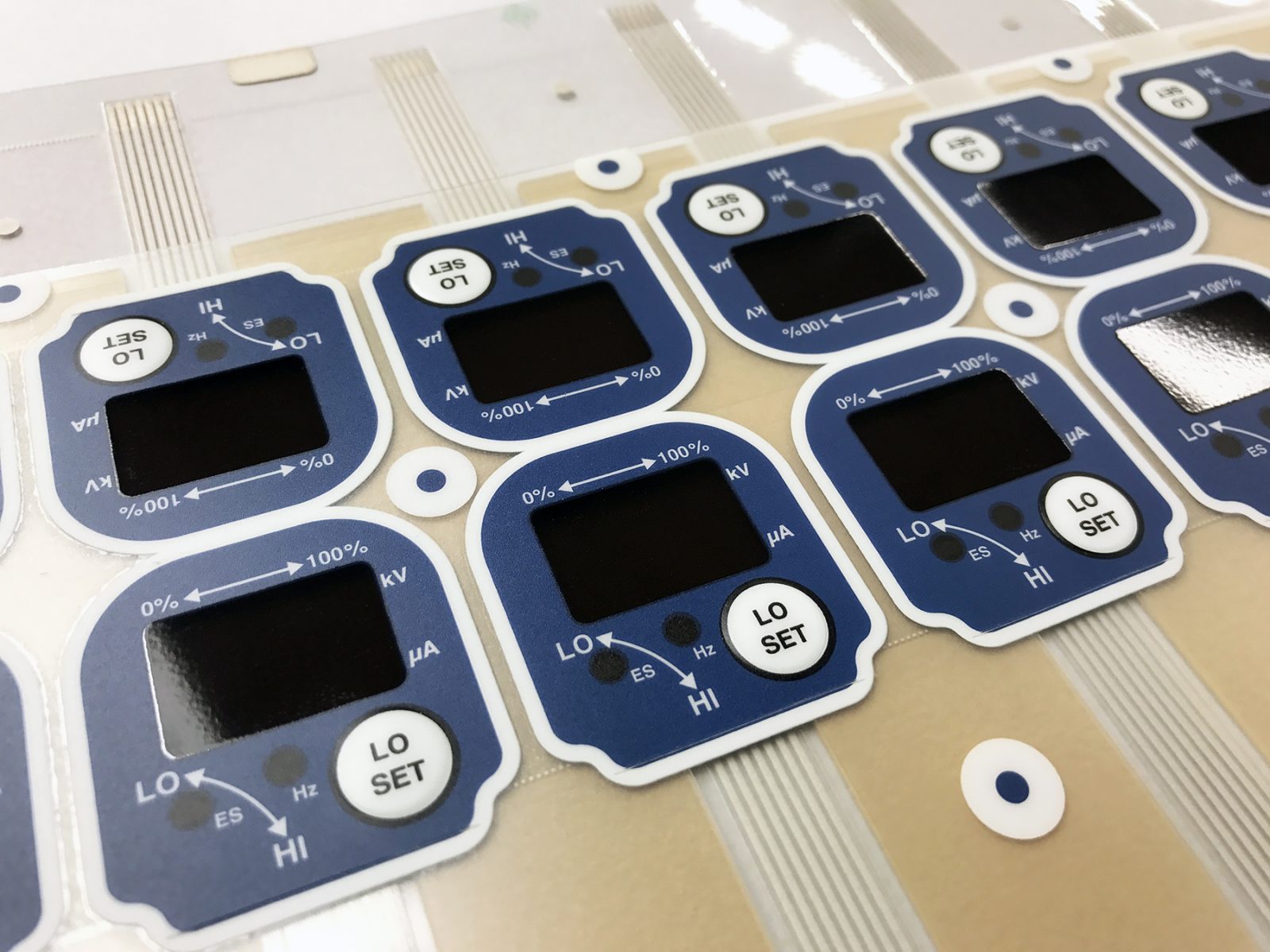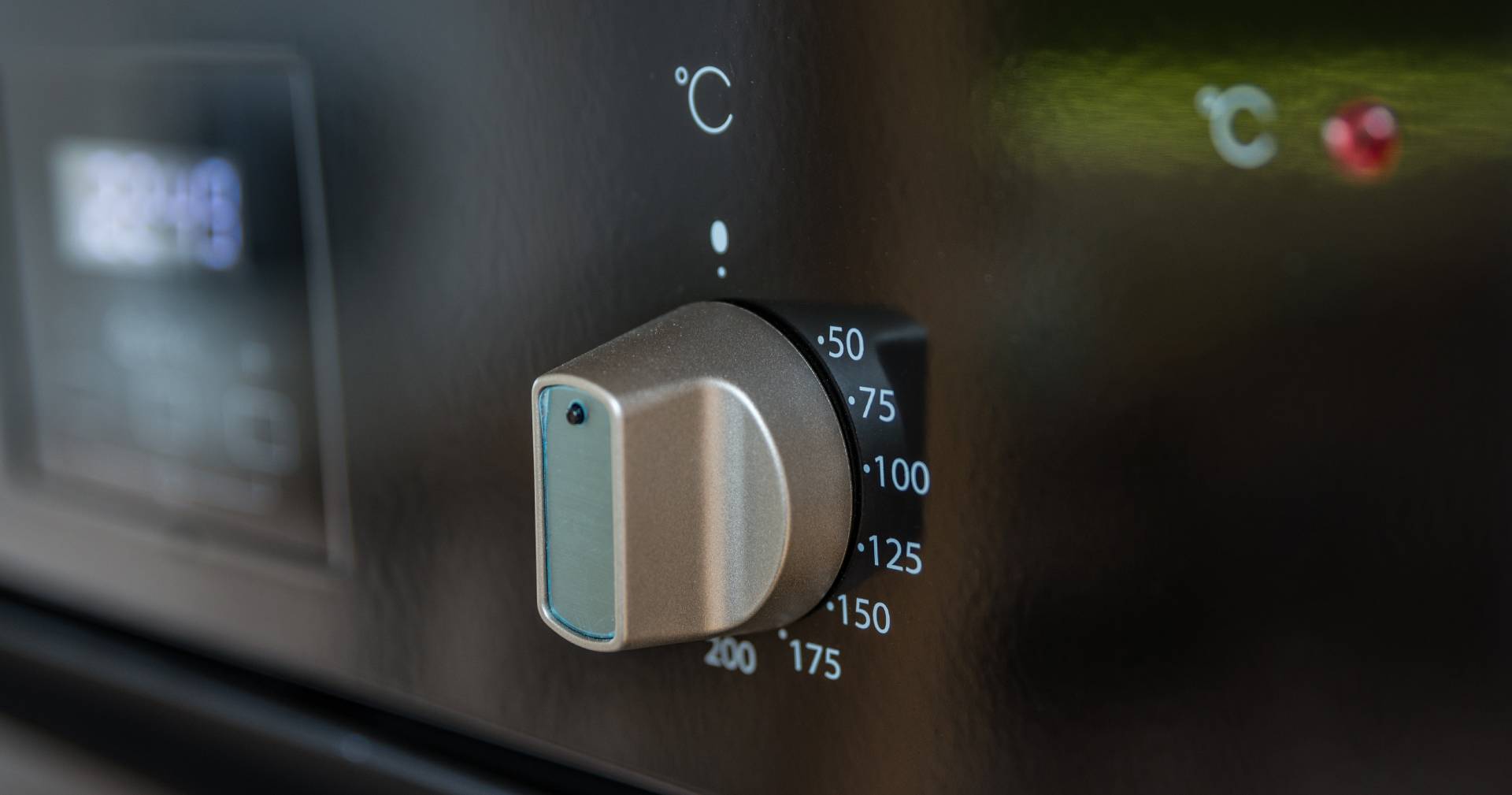All About Membrane Layer Change: Recognizing Its Style and Capability
When you believe about the control interfaces in modern-day devices, membrane layer switches frequently come to mind. Let's explore what sets membrane switches apart from various other control systems.
What Are Membrane Switches?

Their seamless nature makes them simple to tidy and immune to dirt and wetness, a crucial attribute in lots of settings. Membrane buttons can likewise be personalized pertaining to form, dimension, and graphics, permitting suppliers to create distinct user interfaces customized to certain items. Plus, they're light-weight and thin, which helps in minimizing the overall mass of devices. On the whole, membrane switches play a significant function in enhancing user experience across a vast range of applications.
Exactly How Membrane Changes Work
When you push a secret on a membrane layer switch, it turns on a straightforward yet effective device. membrane switch manufacturer. The leading layer, typically made of adaptable product, pushes down onto a conductive layer underneath it.
You'll observe that the tactile feedback differs based upon the switch design, using either a soft click or a much more pronounced action. As soon as you release the key, the membrane go back to its original setting, reopening the circuit and quiting the signal. This process occurs nearly instantly, guaranteeing a receptive customer experience.
Membrane buttons are preferred due to their toughness and resistance to dirt and dampness, making them suitable for various applications, from family devices to medical devices. Comprehending this procedure assists you value their prevalent use.
Trick Elements of Membrane Switches
Understanding the crucial components of membrane buttons is essential for grasping their performance and layout. The protective layer shields versus ecological factors and wear, prolonging the switch's life-span. By understanding these elements, you'll get understanding right into just how membrane layer switches run and their relevance in numerous applications.
Materials Utilized in Membrane Layer Switch Layout
The performance and longevity of membrane changes greatly rely on the products utilized in their layout. You generally come across polyester and polycarbonate as key substratums because of their exceptional strength and flexibility. These materials resist scratches and chemicals, making them ideal for demanding atmospheres.
The conductive layers often make use of silver or carbon, selected for their dependability and conductivity. membrane switch manufacturer. Silver offers superior efficiency, while carbon is an economical alternative. For the overlay, you might think about a matte or glossy surface, depending on your aesthetic demands and individual experience
Adhesives play an important function too; they bond layers securely and ensure long life. Ensure to pick adhesives that hold up against environmental factors like temperature level and moisture. Do not neglect the relevance of a good printing strategy for graphics, as it improves both capability and aesthetic allure. Choosing the best materials will assure your membrane layer switch stands the examination of time.
Style Factors To Consider for Membrane Buttons
While creating membrane buttons, it's important to take into account different variables that affect their performance and customer experience. Begin by concentrating on the format and button dimension; make particular they're instinctive and simple to navigate.
Do not ignore the graphic design; clear labeling and shade contrast are substantial for visibility. Confirm your design suits environmental elements, like moisture or temperature variations, which might affect performance. Ultimately, keep in mind the value of screening prototypes with genuine customers to gather responses and make needed adjustments. This iterative procedure assists you fine-tune the layout, validating it satisfies both functional and visual requirements successfully. By very carefully considering these elements, you'll create a membrane layer switch that improves use and contentment.
Applications of Membrane Layer Buttons
Membrane layer switches are flexible components located in numerous check this site out applications, from industrial equipment to consumer electronic devices. You'll see their influence in machines that call for resilient interfaces and in tools that gain from smooth styles. Comprehending these applications aids you value the capability and practicality of membrane switches in daily technology.
Industrial Tools Use
When you're looking to improve the performance of commercial tools, membrane layer buttons offer a reliable service that combines longevity with user-friendly design. These buttons are best for harsh environments, providing resistance to dirt, wetness, and chemicals. Welcome membrane buttons to streamline your operations and improve overall efficiency.
Consumer Electronic Devices Integration
In the domain name of consumer electronic devices, membrane layer switches play a necessary duty in boosting customer interaction and device capability. You'll locate them in tools like microwaves, push-button controls, and pc gaming consoles, giving a seamless way to connect with modern technology. Their streamlined style enables for easy combination right into various items, making controls intuitive and easy to use. With next their capacity to integrate graphics and backlighting, you can enjoy a modern-day visual that enhances the tool's total appearance. Membrane buttons also guarantee resilience and resistance to dust and moisture, prolonging the life expectancy of your electronic devices. By choosing membrane switches, you improve not just the capability however also the style of your gadgets, making day-to-day communications smooth and satisfying.
Advantages and Downsides of Membrane Layer Buttons
While membrane layer switches offer an array of advantages, they additionally come with some drawbacks that you ought to think about. One substantial benefit is their compact layout, making them suitable for space-constrained applications.

Membrane buttons can have a shorter lifespan contrasted to mechanical buttons, particularly under hefty use. They can additionally be much less responsive, which might affect individual comments during operation. Stabilizing these pros and disadvantages will help you establish if membrane switches are the ideal fit for your project.
Frequently Asked Questions
How Long Do Membrane Layer Switches Usually Last?
Membrane layer changes normally last between 5 to ten years, relying on usage and ecological problems. You'll intend to examine variables like wear, exposure to moisture, and temperature fluctuations to gauge their durability properly.
Can Membrane Layer Changes Be Personalized for Specific Layouts?
Yes, you can personalize membrane switches to fit specific layouts (membrane switch manufacturer). You'll have the flexibility to select shades, forms, and designs that match your project's needs, ensuring they blend flawlessly with your total aesthetic
What Is the Cost Variety for Membrane Change Manufacturing?
The price range for membrane button manufacturing normally falls in between $1 and $10 each, depending upon factors like layout intricacy, amount, and products. You can get quotes from makers to find the most effective option.

Are Membrane Layer Switches Over Waterproof or Immune?
Membrane layer buttons can be designed to be water-proof or immune, depending on materials utilized and building techniques. If you need them for wet environments, guarantee you specify those demands throughout the layout procedure.
How Do Membrane Layer Switches Over Compare to Standard Switches?
Membrane layer switches are usually thinner and more versatile than typical buttons, supplying a streamlined style. They're usually much easier to clean up and incorporate, but could not provide the responsive responses you're used to with mechanical options.
Verdict
